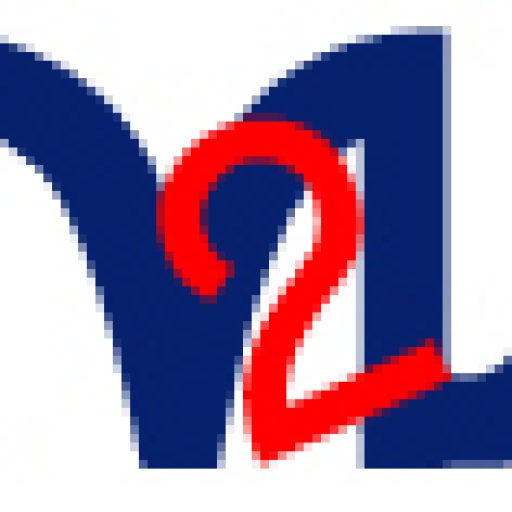Urinary Tract Infection
Urinary tract infection (UTI) is defined as microbial colonization of urine and tissue invasion along the urinary tract. A part from bacteria,yeast, fungi and viruses may produce urinary infection.
Significant Bacteriuria is said to exist when a bacteria count is over 100,000 organisms / ml in a fresh “clean catch” midstream specimen of urine.However women with acute cystitis may have > 103 but < 105 bacteria per ml midstream urine cultures.
Aymptomatic Bacteriuria refers to large numbers of bacteria in the urine without producing symptoms.
Acute urethral syndrome refers to dysuria and frequency in the absence of significant bacteriuria in young women, often caused by ureaplasma Chlamydia trachomatis.
Cystitis and pyleonphritis are symptomatic infections of the bladder and kidney respectively.
Causative organisms
Escherichia coli in 90% cases
Other gram Negative bacilli (e.g. Proteous, klebsilla, enterobactor, serratia, pseudomonas).
Gram positive cocci (Enterococci, staphaureus)
Fungus (e.g. Candida, Cryptococcus)
Chlamydia trachomatis
Clinical features of UTI
Frequency, dysuria, burning pain on urination
Suprapubic discomfort, fever.
Rigors in urethral syndrome, cystitis, pyelonephritis.
Passage of cloudy and occasionally blood-tinged urine.
Renal angle tenderness of flank pain.
Diagnosis of UTI
Microscopic examination of an unspun, clean voided urine bacteriuria diagnosed if > 1 organism / oil immersion field. Pyuria diagnosed if > 8-10 puscells / high-power field.
Gram stain of urine specimen showing bacteria in centrifused or uncertrifused specimens.
Urine quanitiative culture showing > 100,000 bacteria/ml organism identified.
Intravenous Urography (IVU)
Men : should have IVU after first infection
Women : should have IVU for a genitourinary evaluation if :
i. Persistent enuresis in child hood.
ii. Proteinuria in between infections
iii.More than two recurrences in one year
iv.Increased blood urea, cretinine
v.Relapse after an adequate antibacterial therapy
vi.3 definite episodes of UTI in adult life
Complications like papillary necrosis, perinephric abscess, renal carbuncle or tumor suspected.
viii. Renal ultrasonnography
Treatment for UTI
A. Asymptomatic bacteriria : is to be treated if
i.Pregnant patient in 3rd trimester, diabetic
ii.With polycystic kidneys
iii.With anatomic or neurologic abnormalities
iv.Immune compromised
v. To undergo urologic manipulation
- Symptomatic U.T.I is to be always treated.The regimens are
1.Single dose regimen : A moxycillin 3 gm orally; cortimoxazole 320 – 600 mg orally.
2.5 day regimen : Norfloxacin 400 mg twice daily very effective.
3.7-10 day regimen
Ampicillin 500 mg six hourly, Cotrimoxazole 160mg – 800mg twice daily, nalidixic acid 1 gm six hourly.
Acute prostatis needs 2 weeks of treatment but chronic prostatitis be treated for 1 month. The drug of choice is ciproflozacin 500 mg bid.
Complicated UTI to be treated with amikacin 7.5 mg / kg in two divided doses for 10 days, tobramycin 3-5 mg/ kg daily in 3 divided doses for 10 days or third generation cephalosporin i.e. cefoperazone 1 gm IV id or cetizoxime 1 gm iv BID.
medlight2u.com
- Presbyopia meaning “old eye”
- Oral cancer
- Gestational Trophoblastic Neoplasia (GTN)
- Brain tumors
- Perinatal Mood and Anxiety Disorders (PMADs)
Great content! Super high-quality! Keep it up!
I’m so in love with this. You did a great job!!
new texts were rewritten
The articles you write help me a lot and I like the topic
Acne Acne vulgaris Acute Renal Failure Adrenal cortex Angina Angina Pectoris Aortic Regurgitation (AR) Aortic Stenosis (AS) Chest pain Chronic pyelonephritis Coarctation of Aorta Cough cyanosis Cystic acne Dehydration depression Diabetes Mellitus Diagnosis of Aortic Stenosis Dr.KTS DR K TAMILSELVAN Fatigue Heart Failure Hypertension Hypokalemia Hypothyroidism Ischemic Heart Disease LBBB Mitral Incompetence Mitral insufficiency Mitral valve prolapse Nocturia Patent Ductus Arteriosus PDA Polyuria Proteinuria pulmonary hypertension Pulmonary Stenosis ST Depression Symptoms of Acne Syncope Treatment for acne valvular heart disease Ventricular Septal Defect VSD Zits





Can you write more about it? Your articles are always helpful to me. Thank you!